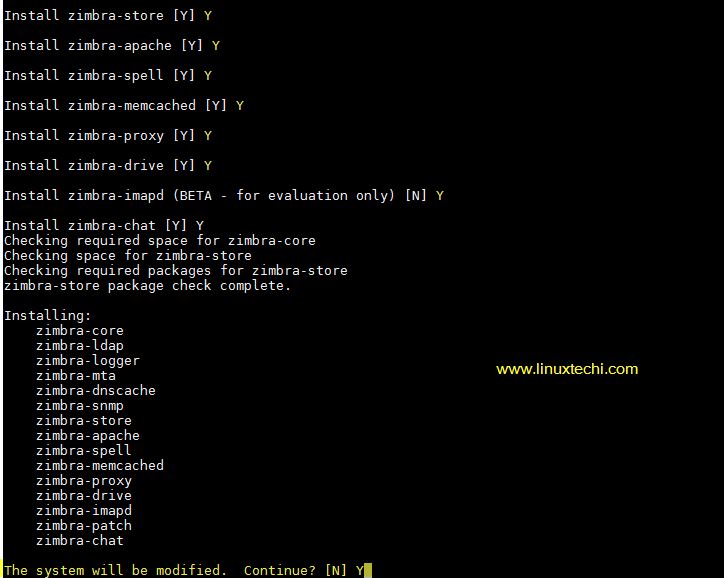
I find Zimbra to be potentially a very important piece of software. Please provide comments here, on our Twitter feed, Facebook page or start a thread in our Zimbra forums. In the meantime, we’d welcome your feedback in comments here. Look for more information as we come closer to future Zimbra releases.
#Windows 10 zimbra desktop not starting Offline
In a future version of Zimbra, we’ll switch from the current Zimbra Desktop to the new offline experience. Data retention policies applies to data on the remote devices.So we’re thinking hard about their requirements for the offline experience as well, which may include: Automatic synchronization when you reconnectĪdministrative requirements: security and controlįor administrators, the offline experience brings the challenge of data residing on devices outside of their control.Composing emails (with autocomplete for addressing them).Reading emails and working with your calendar.At a minimum, offline capabilities should include: Our objective is that the transition should be seamless. And we need to balance functionality with performance.Ĭonsider a case: you’re commuting on a train and the WiFi connection cuts in and out while you’re working. Clearly, the offline environment cannot support everything you have online – the amount of data needed would be prohibitive. The most important requirement is to deliver a consistent experience, whether you’re online or offline. The team is still sorting out several key design issues, such as: how will we handle viewing attachments when offline? How much storage is the right amount? How do we figure which emails and attachments to store locally? Most importantly, which features do we need?

We’re moving towards a hybrid architecture that will combine the best of both worlds – browser-based simplicity with native capabilities for functions such as notifications, storage and indexing.

On a side note: Nothing discussed here affects third-party client support – such as Microsoft Outlook or Apple Mail, iCal and Address Book and standards-based clients (POP, IMAP, iCal, CalDAV, etc.)

This change describes the work that we are doing for supporting the offline experience – to be available in a future version of Zimbra. But we think we can deliver a faster, smoother and more efficient offline experience by re-architecting Zimbra Desktop from the ground up. Today, Zimbra Desktop is the way to use Zimbra when offline – and it’s done a good job at providing consistency between the online and offline experience. One of the major changes coming up in a future version of Zimbra is a rethinking of the offline experience – how do you use Zimbra when you’re not connected to a network, or when your connection cuts in and out during the day? As we all become more mobile, this is an important concern.


 0 kommentar(er)
0 kommentar(er)
